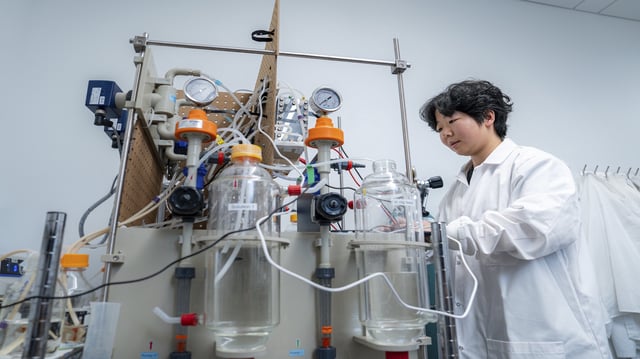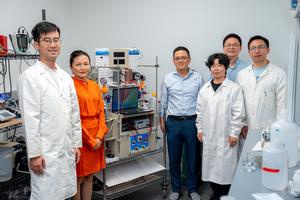Overview
- The Nature Communications study reports one of the highest lithium selectivities among comparable membranes with considerably lower energy use.
- Under an applied current, the cation-exchange membrane transports lithium ions while leaving more abundant sodium, calcium and magnesium in the brine.
- Selectivity arises from embedding lithium titanium oxide nanoparticles grafted with amine groups into a defect-free polyamide skin.
- Two-week electrodialysis runs and atomic-scale simulations showed stable performance without significant degradation.
- Researchers say the three-layer platform is scalable, compatible with existing industrial setups, and adaptable for recovering metals such as cobalt and nickel; funding came from the NSF and the U.S. Department of the Interior.

